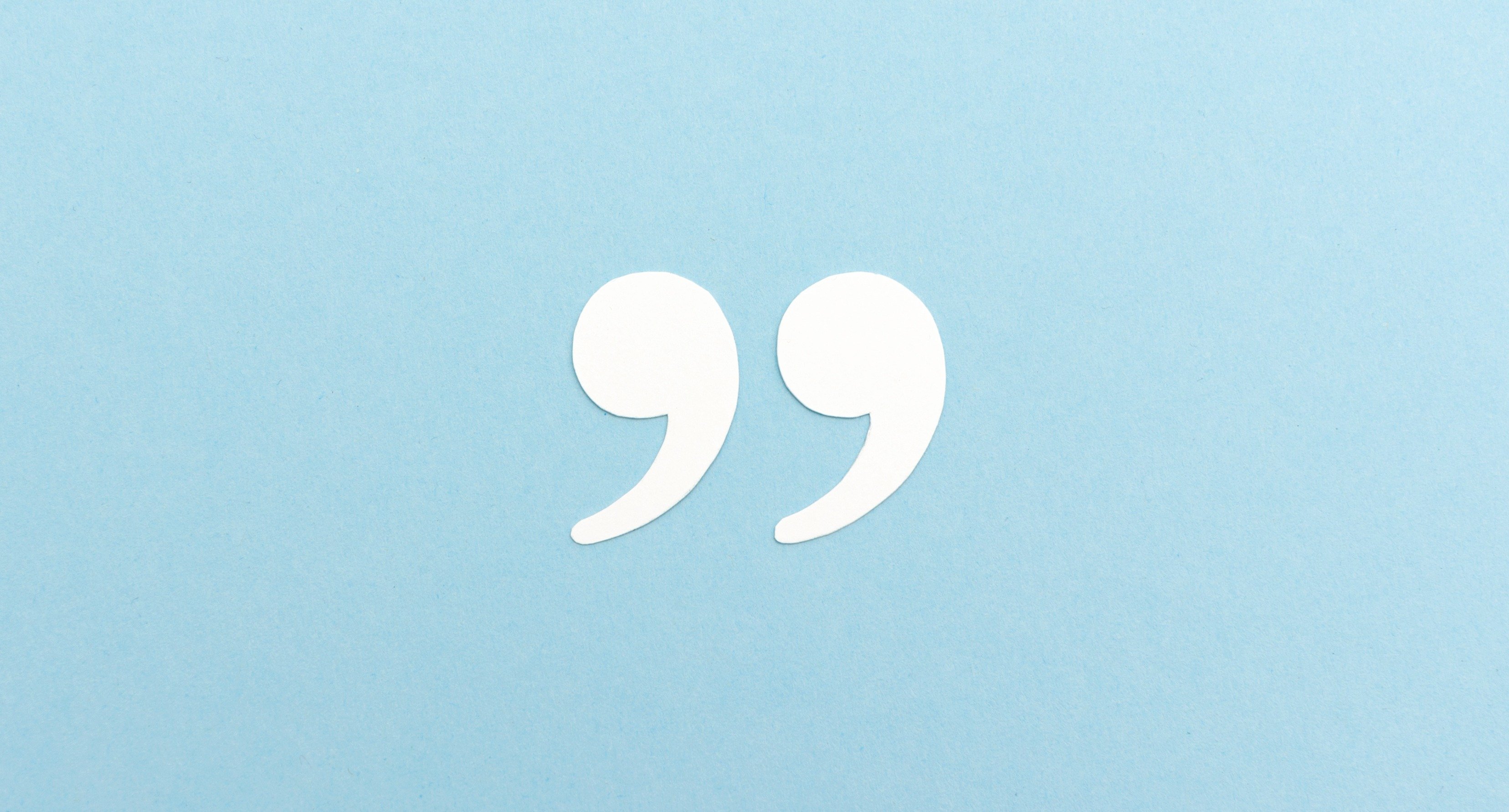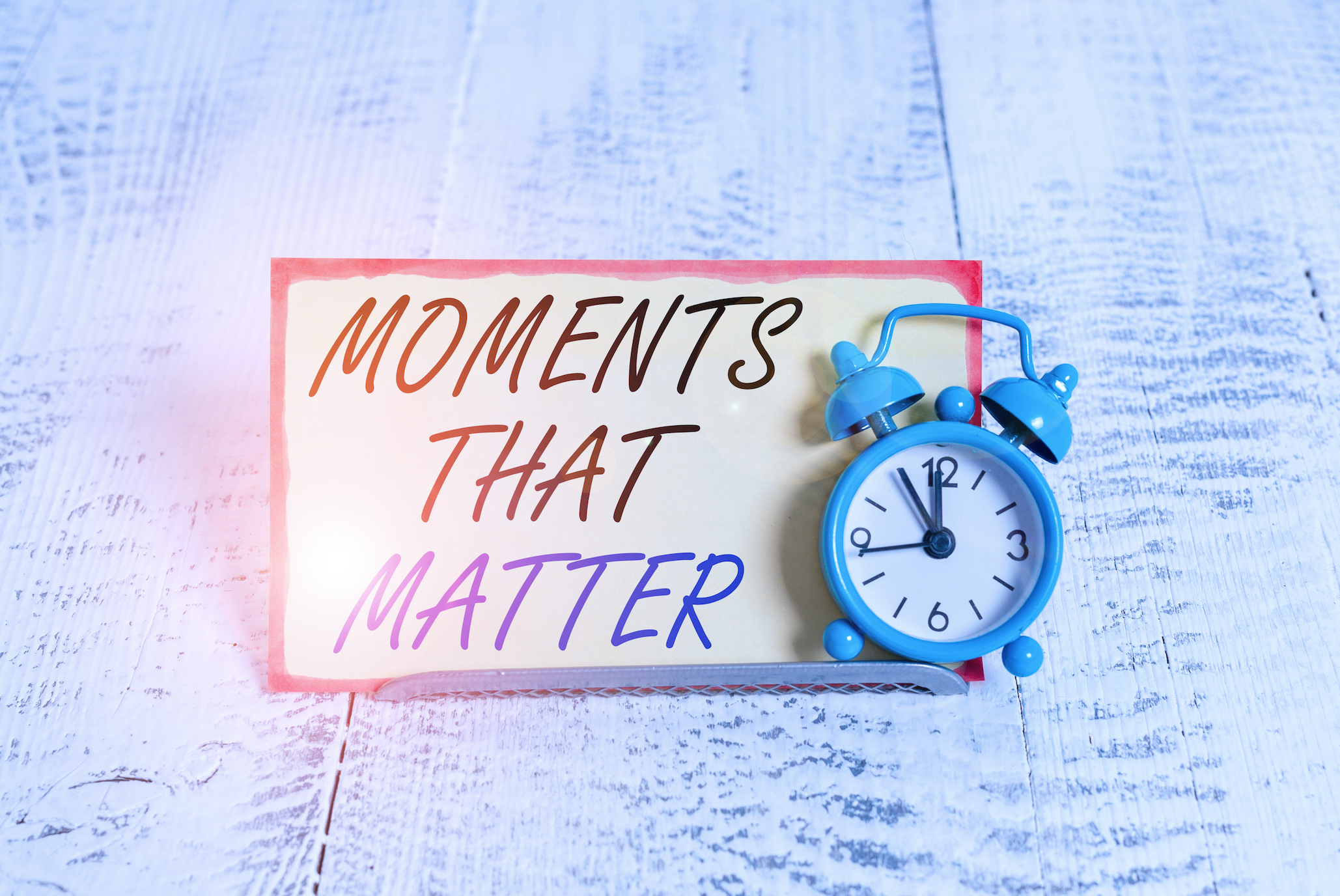Aside from the copious amounts of research behind the power of incentives and recognition, in the past month, I am continuously running into examples of rewards in action. It seems no matter what I am reading or watching, I am encountering discussions of recognition and incentive programs. This week I am presenting four examples of recognition and incentive programs that have been discussed on television, online and in print.
While watching a television show the other day, I saw an example of how a meaningful incentive canimpact employee behavior. The owners of an antique shop challenged an employee to sell an item that had been outside for a long time. If the employee was able to sell the item, she was offered a generous incentive. The sale required the worker to contact a lot of people she thought might be interested in the item and asking them to visit the store to take a look at it. The employee made a lot of phone calls and eventually when she did make the sale, she even helped to load it onto the buyer’s trailer. The employee seemed to really enjoy her incentive, which she was able to choose, and the owners were delighted to be rid of the item.
I discovered another example of incentive programs working in Direct Marketing Magazine. The article I ran across was featured on customer loyalty programs and how they are changing to encourage customer loyalty for hotels and airlines. Many of the loyalty programs the article mentions are examples of companies expanding the types of rewards offered. The idea behind the expansion is to give consumers a reward they will want and will use, in some cases even if the incentive is transferrable to other companies.
Loyalty programs, according a Forester Research Vice President interviewed for the piece, are becoming more personalized. One of the airlines discussed in the article was quoted as saying they were always looking for new benefits and promotions to recognize and reward customer loyalty. Personalization is an important theme for customer loyalty programs this year as organizations want to be sure they rewards customers earn are appealing and easy to access.
While reading the March edition of Kiplinger’s Personal Finance, I came across another article referencing companies who were starting to implement employee incentive programs for the first time. According to the article, many employers see employee rewards as a way to increase disposable income without handing out raises. Another reason for adding an employee incentive program now is to soften the blow when other benefits are cut.
Finally, while catching up on my backlog of blogs in Google Reader, I read Steve Smith’s piece onHRExaminer.com. Steve points out an exchange between co-workers on a popular television show. The show is based about fifty years ago and is an example of the power of not recognizing employees. Instead of telling employees that their thank you is in the form of their paycheck, Smith points out that now managers are aware that “employees are five times more likely to feel valued, seven times more likely to stay with the company, six times more likely to invest in the company, and 11 times more likely to feel completely committed to their jobs when they are recognized for the value of their work. This adds up to 57 percent greater effort on the part of employees.”
What I find fascinating about these examples is the fact that all these encounters with modern recognition and incentive strategies came about in the past 30 days. Since I work in the incentive industry, I am sure that I am more aware of these examples as I come across them, but nonetheless I am happy to see more resources discussing how to perfect recognition and incentive programs. Recognition and incentives can motivate people to achieve goals and go above and beyond for employers while providing excellent return on investment. The key is to follow through with recognition and ensuring the reward(s) offered are things that your participants would want or use.







Leave a Comment